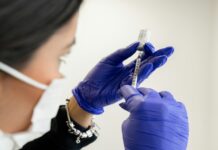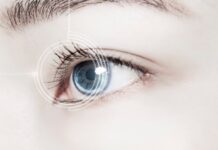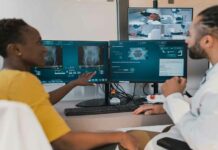UK scientists have developed a 3D test for malignant melanoma that can identify problems not easily spotted in a standard two-dimensional view of the pattern on the skin. The researchers describe the technique in detail in the latest issue of the International Journal of Modelling, Identification and Control.
Malignant melanoma is one of the most aggressive and life-threatening skin cancers. During the last thirty years, incidence rates have increased more than any other cancers in the UK. Successful treatment relies on early diagnosis, so developing an automated scanning method that avoids the need to take biopsies is high on the research agenda.
Conventionally, a group of 2D skin measurements, the asymmetry, border, colour and diameter (ABCD) rules are commonly used to distinguish between malignancy and benign skin growths, but diagnostic accuracy is not convincing.
Now, Lyndon Smith and colleagues at the Machine Vision Laboratory, Bristol Institute of Technology, University of the West of England, Bristol have collaborated with Robert Warr of the Department of Plastic Surgery, at North Bristol NHS Trust, to develop a computer-assisted diagnosis system that could improve outcomes significantly. The system could quickly and automatically reveal changes in the 3D surface texture of skin that occur in malignant melanoma, which are much greater than in benign lesions, such as moles and freckles.
The team used a handheld six-light stereo device connected to a laptop computer to scan the skin’s surface. This device produces a 3D model of the skin texture patterns. The information is then analysed by the laptop, which compares it with patterns recorded from known cases of melanoma, used to "train" the software.
Preliminary studies on a sample set including 12 malignant melanomas and 34 benign lesions have given 91.7% sensitivity and 76.4% specificity from analysis of the 3D skin surface normals, the team says, which is more accurate than the results obtained from 2D pattern recognition.
Diagnosing malignant melanoma accurately is a very difficult task, the researchers say. However, based on these results a simple and non-invasive 3D test could improve the accuracy of diagnosis and so save lives but also avoid unnecessary surgery and treatment in people with benign conditions.
















